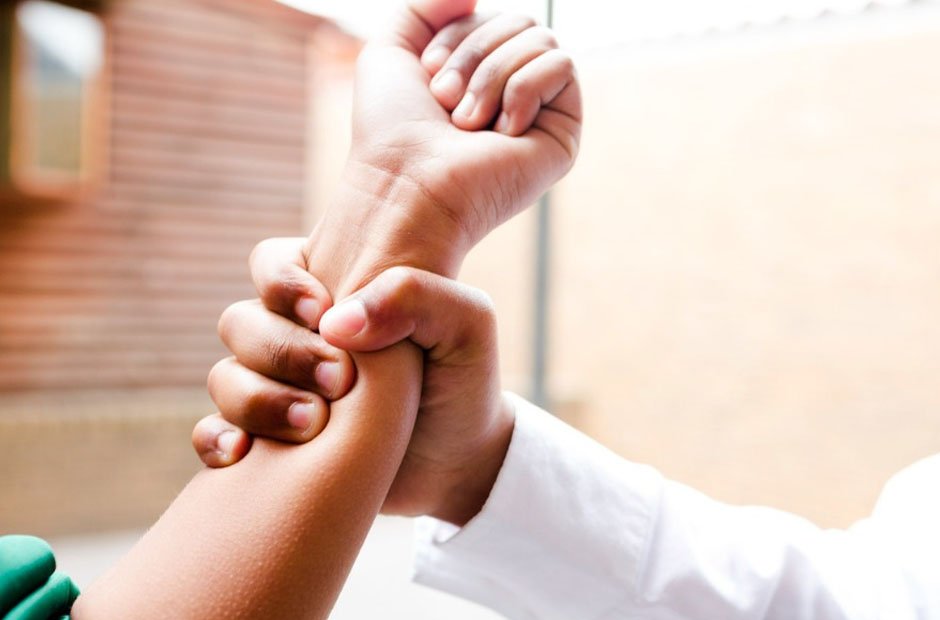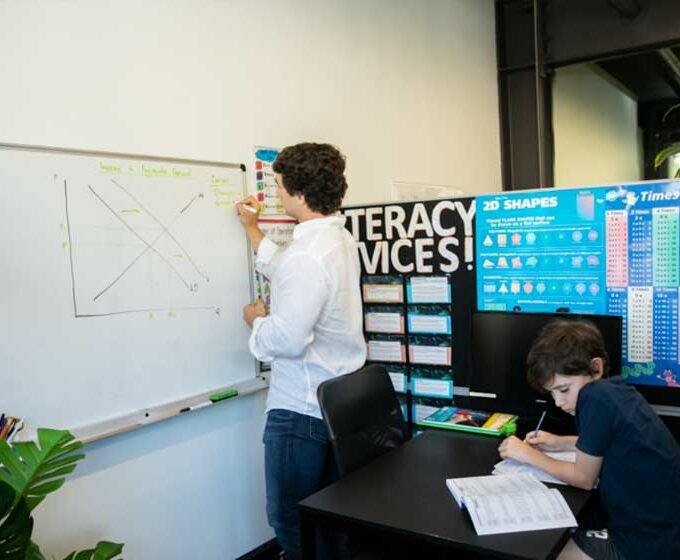When we send our children to school, we expect they are safe, with lots of adult supervision. Unfortunately, this is not always the case; harm can often go undetected. Violence is not always subtle either, with mass shootings on the rise. We are left to wonder why this is happening in our modern, peaceful existence.
Let’s explore the main causes of school violence and how to combat it. While every situation is different, understanding the reasons for violent outbursts and knowing what to do empowers school staff and students. Ultimately, we want our kids to be safe when spending time with their peers at school. We want them to be nurtured and educated without violence.
What Is School Violence?
School violence can be defined as any act that disrupts the learning environment. It hurts the student body, individuals, staff, the school and the local community. Examples include:
- Gang violence
- Fighting
- Bullying
- Weapon use
- Sexual violence
- Assault
- Cyberbullying
There are several reasons for this barbarousness, and understanding why can lead to effective protection and resolution.
These are some of the main causes of school violence and how to combat it.
Easy School Access
Schools are institutes of learning, not prisons, but with easy access in and out during the day, weapons can easily be brought in. Students can get hurt in fistfights, but with a weapon, they may sustain serious bodily injury or even be killed.
It can be difficult to implement drastic measures like bag checks, pat downs or metal detectors. However, to prevent violent crime and serious injuries, something needs to be done to guard all school access points.
Weapon detection systems scan individuals that pass through them, designed to blend in with the environment and not be noticed. Schools should alert the student body that they are in place but do not restrict traffic flow as security checks do.
School security solutions are gateway screening technologies that scan for weapons like knives, guns and even LED components. Smart object detection works well to detect threats silently and alert staff before the weapon is used. This effectively stops a violent act before it is committed.
Home Environment
Children bring home life traumas to school with them, and their emotional scars open up in violence. Factors for a negative home environment include alcoholism, gun violence and domestic violence, and these shape a young person’s reality and perception. Even harsh parental discipline sometimes leads to aggression in children as well as over-exposure to violence on TV and in movies, along with video games.
Teachers and counsellors can seek out these kids and get information on their home/life situation. If they are threatened, social services should be contacted. Teachers and administrators can also build stronger bonds between themselves and parents rather than the occasional teacher/parent conference a few times a year.
There can be required communication between these groups when a student exhibits violent or aggressive behaviour. This is to get to the bottom and inform parents immediately.
No Disciplinary Systems In School
The school has become a place of tolerance for bad behaviour, and teachers are not allowed to discipline usefully. This sets up an environment where negative actions are not punished, so students can get away with a lot. Also, most of the focus is on stopping violence after it happens instead of developing steps to stop it before it occurs.
A way to better protect students is by more monitoring during non-class time at school with a strong teacher presence in social areas. Another way is to enforce visitor policies to restrict entry for students not enrolled in the school.
Teachers need to connect with their students more through shared crisis prevention and anti-bullying training. When teachers are more open to their students, problems often get brought up and can be dealt with before they escalate.
Mental Health Issues
Many students attend school with undiagnosed mental health issues, and they don’t have medication or resources to cope with daily life. This comes in different forms:
- Anxiety
- Depression
- Suicidal thoughts
- ADHD
- ADD
These and other complications make it difficult to deal with social situations. Sometimes, this leads to those children getting bullied or aggressive.
Connecting with parents is, again, the best way to deal with these problems. This is because, in their busy lives, parents don’t always see mental crisis behaviours and signs in their children.
Counsellors in schools can also help with guidance and resources for kids. Having policies in place at school to understand and be open about mental health is paramount to keeping kids safe.
















